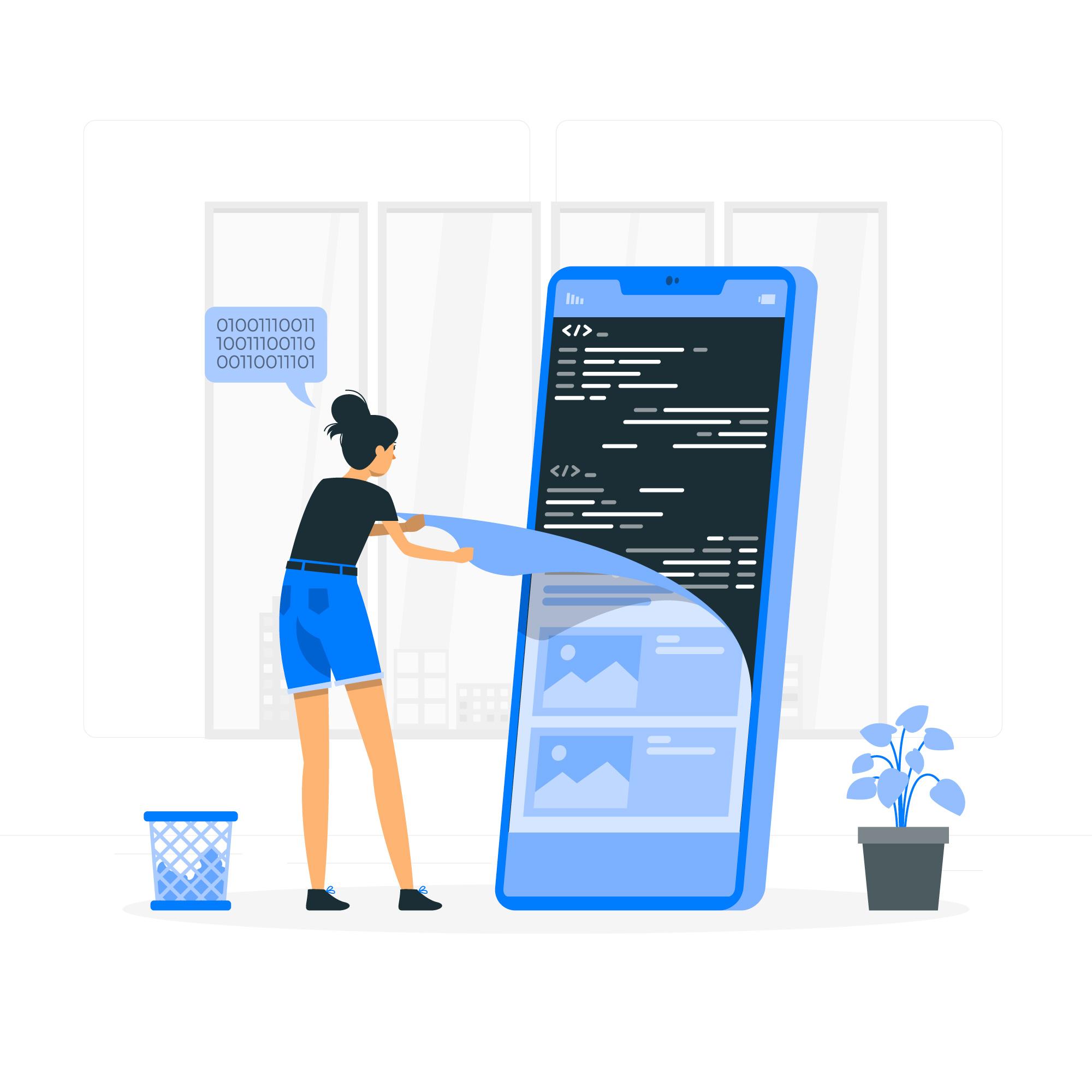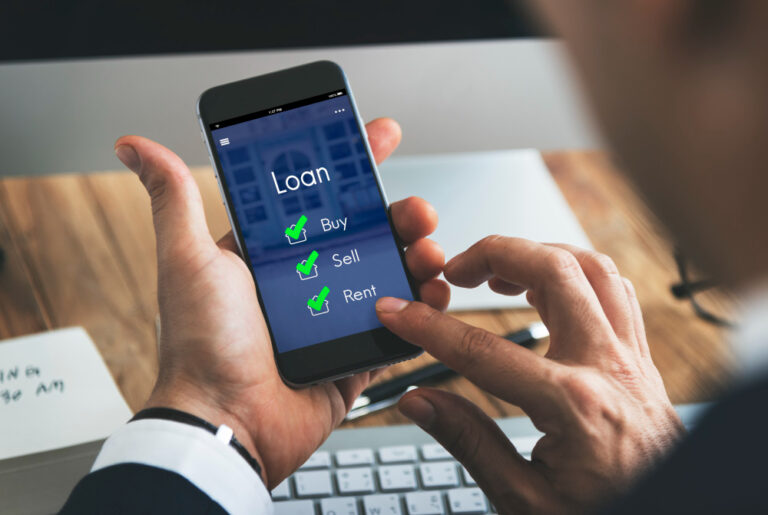Purchasing a home is likely to be the largest purchase a person makes in their lifetime. You might imagine (or have probably experienced) that finding the ideal property requires an unbelievable amount of study. People spend months, if not years, looking through listings, calling real estate agents, touring properties, comparing prices, calculating mortgage rates, and, most importantly, calculating the future value of such a massive investment. People, like everything else in life, seek to technology for assistance while making such a large decision. You may tap into this ever-growing, extremely profitable sector by developing a truly helpful, well-designed, and feature-rich real estate app.
That’s correct. Even though online property finder apps and websites such as Zillow and Realtor.com effectively revolutionized real estate a decade or two ago, a bigger disruption is now in order, with apps leveraging the powers of mobile technology and geo-fencing, augmented reality, and virtual reality to help homebuyers and investors find the right property for them. Enterprise Mobile App Development real estate apps might let buyers imagine the future of their property in real time, see what it will look like in a few years when the development is finished, determine whether this area is worth the price tag, and much more.
In short, property buyers and sellers with thousands, if not millions, of dollars at stake would be prepared to pay a premium to utilize an app that would assist them in making better judgments. You have a billion-dollar concept if you can give them with the correct app. Today, we’ll look at how you can create a killer real estate software that actually helps customers while also bringing in big bucks. We’ll discuss the best features, technology, and creative concepts you can incorporate into a mobile app to make it the holy grail for every property buyer. So, let’s get started.
1. Real Estate App Needs Fantastic Search Capabilities
To genuinely make property search productive, you’ll need to refine your search skills. Users expect to be able to view, search, sort, and filter attributes in a variety of ways. They can range from ‘apartments for sale in New York’ to ‘2-bedroom condo for rent in Lower East Side Manhattan’.
The trouble about search is that most property discovery apps rely on listings provided by sellers themselves. My own experiences looking for a home in the city have taught me that those trying to sell aren’t always meticulous about entering facts. If you’re interested in developing a real estate app, you should first undertake a full Georgia research to understand the local market and its specific needs. Explore further to obtain useful insights and knowledge that can inform and maximize the effectiveness of your real estate app development plan. There are residences listed with the area name rather than the address, and the app’s map cannot thus show the correct location of the property. Encourage your merchants to enter the correct address to make your app really searchable by location. Create systems to discover properties with missing addresses and make efforts to contact the sellers and obtain the correct address.
When it comes to search, create systems that can execute radial searches, which allow users to search all available properties within a specific radius. I was open to purchasing a new home, an old rundown property, an apartment, or pretty much anything within a 5-mile radius of my business. Create a super-user-friendly map search that displays properties based on their location on the map, moving forward as the user navigates the map. In addition to traditional filters such as property size, age, and condition, include more intuitive criteria such as properties with a backyard, green-facing properties, near a lake or a mall, or any other creative filters you might think of. The objective is to allow people to search for anything.
2. Great Viewing Features
Viewing comes after seeking. With the ability to search for hundreds of homes in a given location, consumers must be able to examine each one inside and out in order to narrow down their preferences. A superb real estate app should assist users in making as accurate an appraisal as possible by examining the property in-app before going down to visit in person. Reach out to the sellers who are offering their property once more and urge them to take many high-quality images of the house from various perspectives, allowing purchasers to obtain an honest assessment of whether this is the property they’re searching for. Consider shooting your own photos for high-end properties.
Include elements such as 3D view to obtain a genuine look at the home and its surroundings. Use augmented reality to demonstrate how an old property could look after restorations, and virtual reality to show how a new development would look after the roads, landscaping, and nearby homes are all built. The property may currently be just bricks and concrete – not very appealing to look at – but AR and VR might show buyers the actual possibilities of a future development, allowing them to make a more educated decision and feel better about it.
3. Help Understand Financing
While searching, locating, viewing, and analyzing are all necessary steps, a competent real estate app can go a step further and assist buyers with the next most difficult aspect of buying a home – financing. Understanding mortgages, down payments, interest rates, and expected monthly payments isn’t easy, and stressed-out home purchasers need all the assistance they can get.
A qualified real estate agent can make it simple to divide payment plans based on the price of the home. The app can provide up-to-date information on interest rates from top banks, the many sorts of loans or mortgages that can be obtained on that property, how the buyer can break up the payments, and a plethora of other financial details and Fintech Apps.
4. Facilitate Easy Interactions
To express interest in a certain property, the app might include features such as buyer chat or texting the seller. Buyers are cautious to contact vendors at unusual hours, but they also frequently forget to contact them later. When they do remember, they may not have the phone number on hand. Allow your app to promote easier interactions so that buyers may discreetly leave a message for the seller and the two can either chat or call at a time that is convenient for both parties.
5. User Profile and Account
Allow users and sellers to register and login so that they can save their search history, shortlisted properties, favorites, and other information to help manage their house quest.
The Cost of Building Such an App
Your cost will vary depending on the elements you want to include and eliminate. A basic real estate with good search and filtering features would cost you around $20,000. The costs will rise when you add more features, such as a loan calculator and 3D, VR, and AR, ranging from $30,000 to $50,000.
Wrapping Up
That price tag may appear a little excessive, but consider this: Zillow is a free listing service for buyers and sellers. Nonetheless, it achieved a significant 51% year-over-year sales increase from Q1 2022 to Q1 2023, grossing a total of $454 million in the first quarter of 2023. That’s just from advertisements. So, if you create an app that actually connects with real estate buyers and sellers, you may be looking at a very profitable ROI right here. At Linkitsoft, send us an email to discuss your real estate app more, and let’s make your concept a reality.




